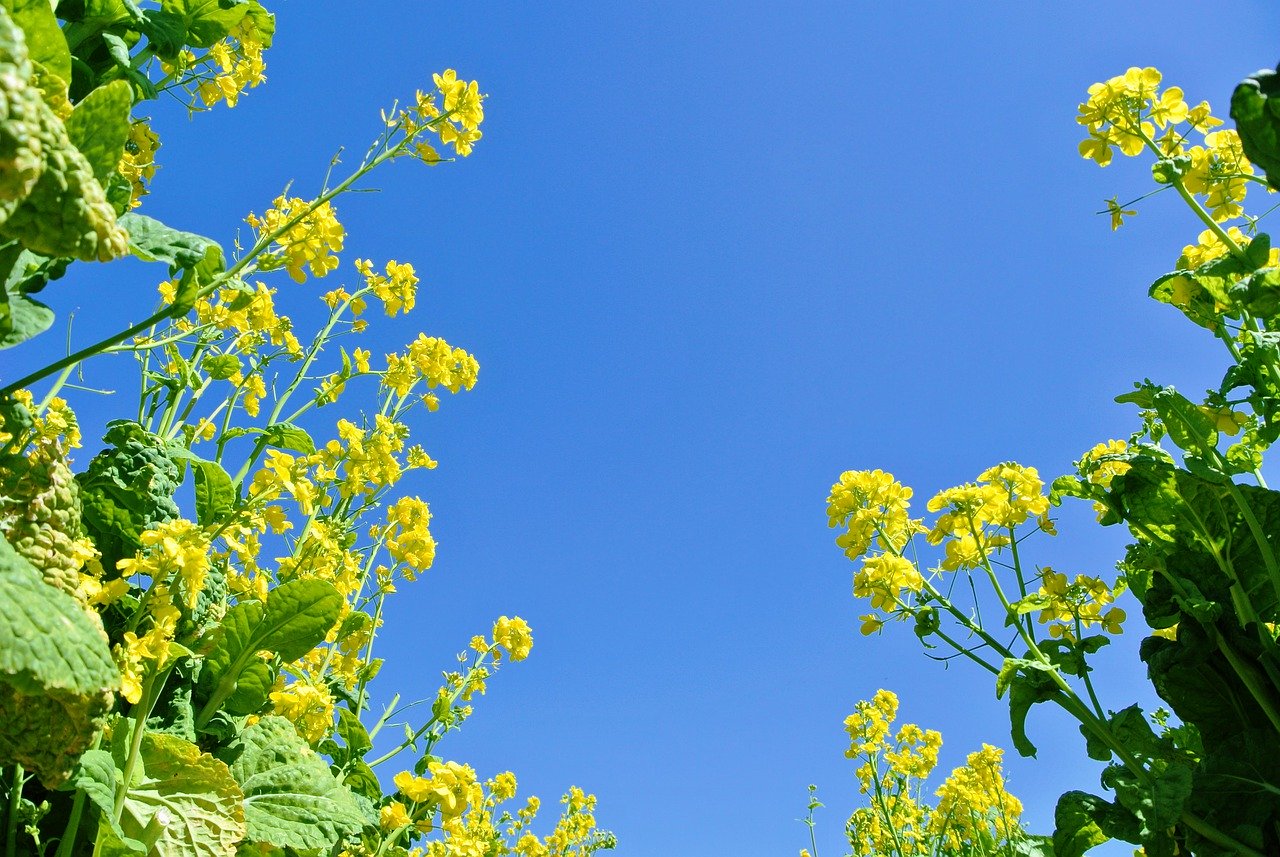I have a mustard seed and I’m not afraid to use it.
Pope Benedict XVI
In the field down the road from where I used to live was a twelve acre field. It was owned by an elderly woman who, some years, leased it to a farmer who planted oats. When rains came, vernal pools would form and ducks and geese would paddle around in chattering flocks. Occasionally a snowy egret would appear, elegant, and maybe a little haughty while dipping for frogs.
But in the winter of 2014, there was little rain. Lawns disappeared, were rather frowned on, actually, and people began planting xeriscapes. The soil of the field became dry, cracked, and hard. It appeared lifeless and creatureless.
Then one week, the Pineapple Express arrived. Warm storms from Hawaii move into our area from time to time in winter, settle in over the county, and bring significant amounts of welcome rain. Now, it fell steadily for several days.
One morning I headed out early for my walk. As I rounded the big curve that skirted the field, grass shoots were appearing in the dull, chocolate colored soil, forming a pale green blanket. Then, continuing down the road, a spot of color caught my eye. Standing all alone in the sprouting landscape was a single wild mustard plant. It glowed in the early morning mist like a small yellow lantern. In the entire twelve acres there was not another bloom of anything.

There are areas in our beautiful county where, in February, wild mustard flows in lemony rivers between sleeping vines. But here a mustard seed had blown in on some wintery breeze and settled into the clay. At the first sign of rain, when it was time, it stirred and sprouted and shot out of the ground.

It bloomed where it was . . . but you know the rest.
Now, to be perfectly transparent here, wild mustard is considered a weed. But consider this: two thousand years ago farmers began tinkering with this plant. Tinkering led to propagating, propagating led to the following:
- cauliflower from its flower clusters
- broccoli from its flowers and stems
- kale from its leaves
- kohlrabi (which sounds dangerous) from its stems
- Brussels sprouts (so in vogue right now) from its sidebuds
- and cabbage from its end buds
This humble plant had enormous nutritious, delicious potential for the universal table of man.
And those gorgeous, late-winter vineyard rows? Mustard is planted as a cover crop while at the same time releasing nitrogen into the soil to nourish the rootstock. The seeds of the plant are so hot that they break up the life cycle of those parasitic nematodes (aka worms) that love to destroy developing vines.
Jesus knew this, obviously. (He would also have known if those farmers were already tinkering, and the vegetables that would eventually be unleashed on the world.) And He used the unseen power of the mustard seed in Matthew 17:20 to illustrate the inherent potential of even a modicum of faith. That faith, as one writer notes, must be real and trusting.
So here’s some encouragement. Think about your own self and the potential of your family. Caught up as we are in this weird season, it can feel like living on twelve acres of mud. But it isn’t just mud.
- It’s the landscape for your thriving.
- It’s the opportunity for your real and trusting faith in Jesus Christ to have a beautiful, enriching effect on those fortunate enough to be in your sphere of influence –
- and to have a potent effect against destructive influences that attack you and your family.
There are plenty of folks disseminating anger, irritation, hyper-discontentment, general unhappiness. Ask God to help you be the mustard. He will, you know. It’s the kind of prayer He loves to answer. Threaten your world like Pope Benedict and see how your twelve acres blossoms.
How are you being challenged to be the mustard in your world? Share with the rest of us! in Leave a Reply below.

